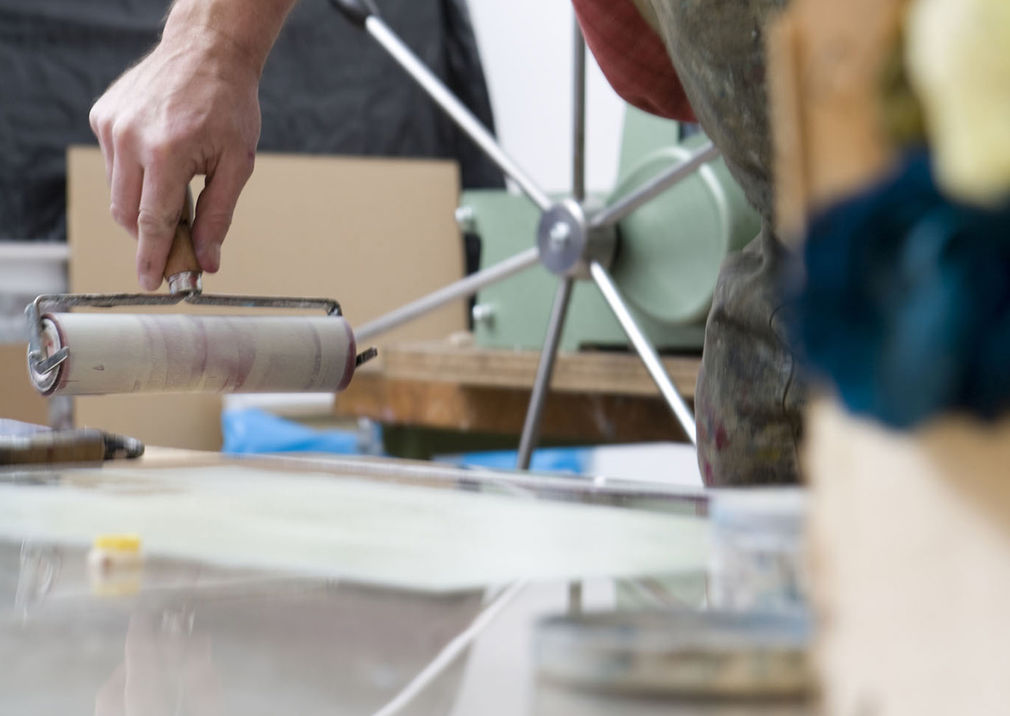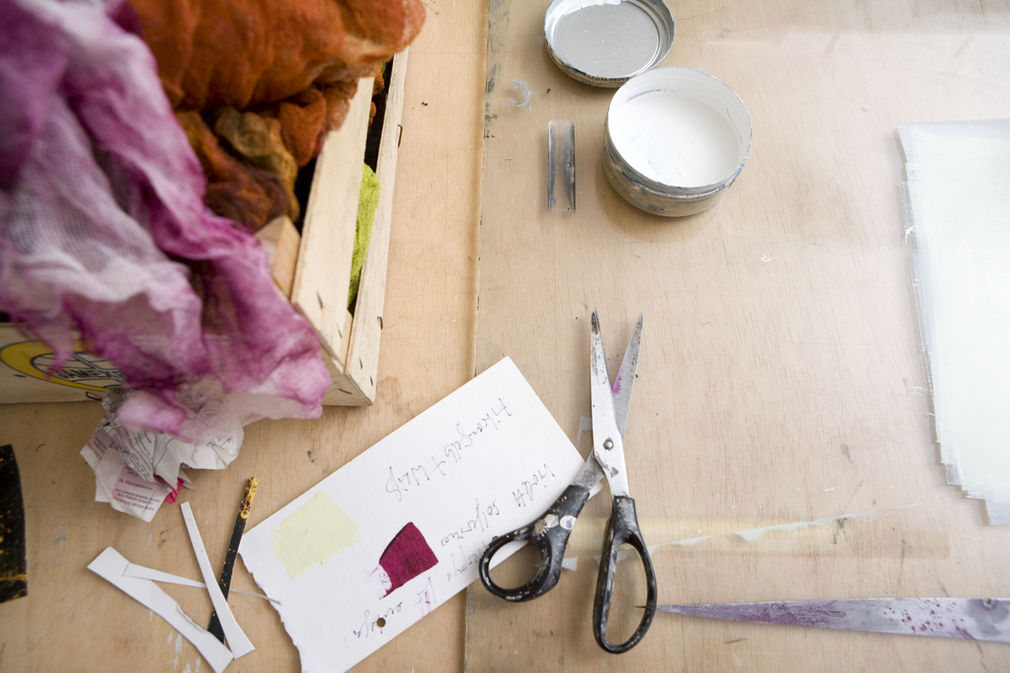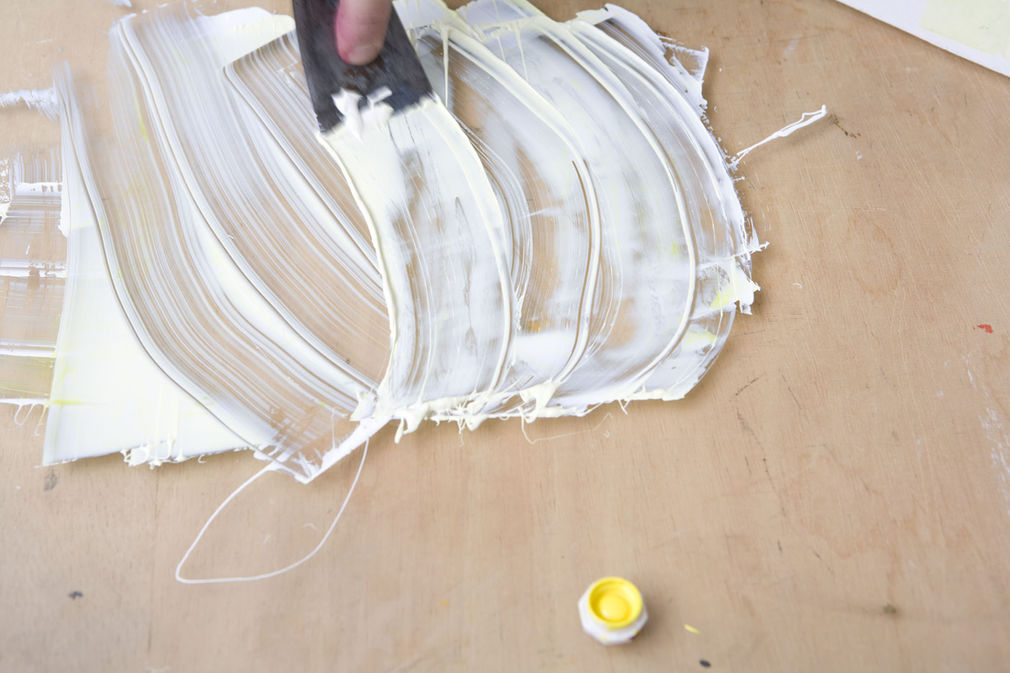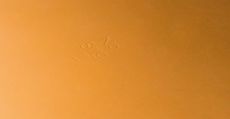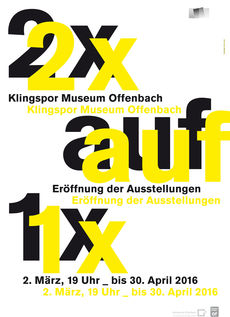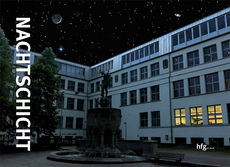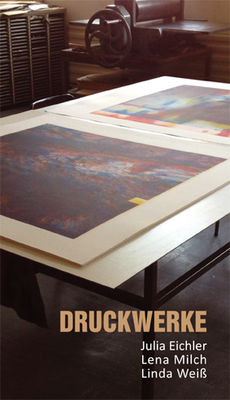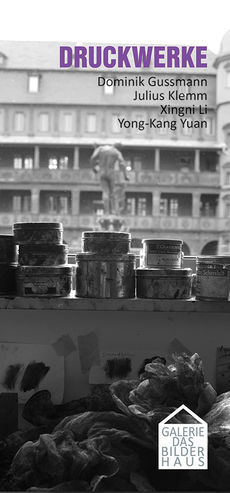Fine Art Printing
-
Lorena Pradal
Function
Teacher for Special Tasks
T +49 (0)69.800 59-241
Main building, room 7
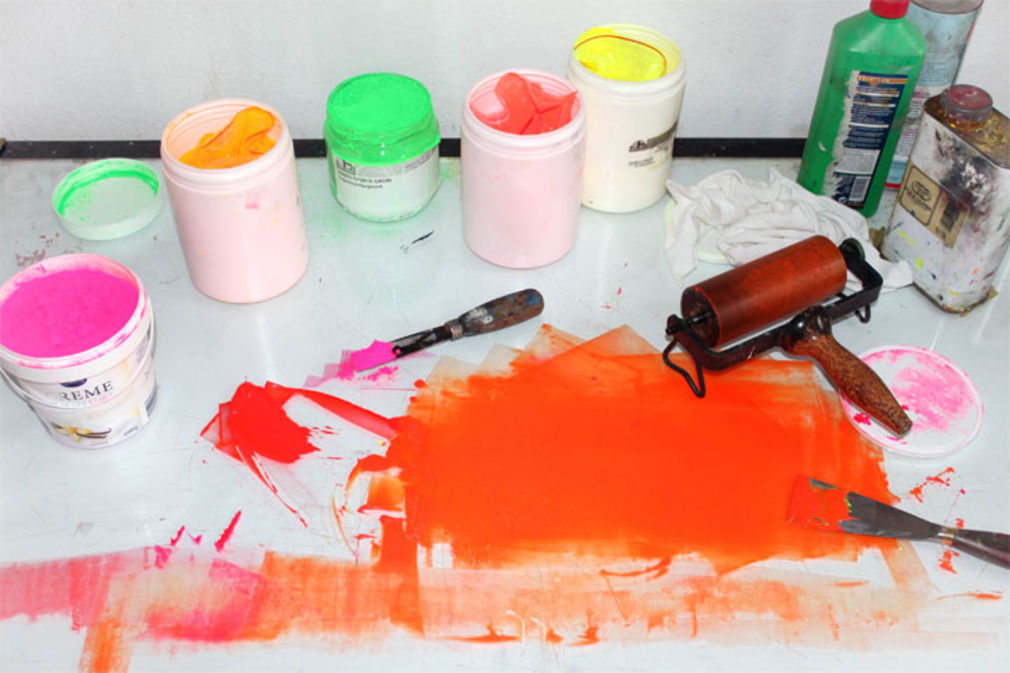
Letterpress printing, gravure printing, photo-engraving, surface printing, monotype
The Fine Art Printing Workshop presents itself as a space dedicated to the art of printing, where a deep technical and conceptual understanding of printmaking is promoted - a discipline that has been closely linked to the development of knowledge, cultural dissemination and technological progress throughout history. Since its beginnings, printmaking has passed through important historical and social moments and has been part of the practices of reproduction and mass communication. Today, it has evolved into an artistic field, emancipating itself from mere repetition and promoting creative freedom and originality.
In the workshop for Fine Art Printing at the HfG Offenbach, the focus is on deepening technical knowledge of printmaking in its various facets, ranging from intaglio engraving to relief engraving and planographic printing techniques. Students will learn to master the tools, processes and possible aids that can be used in the respective technique.
A central aspect is recognizing the materials we work with, understanding their nature, their behaviour and the differences between the various types of substrates and tools. Knowledge of printable papers and substrates as well as printing mechanisms is imparted. In addition to traditional techniques, the construction of graphic aids beyond two-dimensional printing, such as artist's books or graphic objects, is encouraged, expanding the expressive possibilities of printmaking. The benefits of working with less toxic materials are also explored, providing a safer and more environmentally friendly alternative, reflecting the workshop's commitment to sustainable and contemporary practices.
The workshop sees itself as an active learning space where exposure to different tools, literature, traditional and alternative media and ongoing research is encouraged. Practice in this environment aims not only for technical mastery of printmaking techniques, but also for creative exploration that allows for freedom of expression and the development of new approaches to printmaking.
Workshop facilities
- The fine art graphic reproduction workshops work without toxins.
- Poisonous chemicals and other hazardous substances have been largely replaced by non-toxic, environmentally friendly products.
- The workshops boast an etching press with a press bed measuring 60 x 100 cm, a Breisch etching press with a press bed measuring 80 x 150 cm, a Plankenhorn etching press with a press bed measuring 130 x 240 cm and a lithography press with a press bed measuring 75 x 95 cm.
- A separate room with an extractor fan allows us to etch following the harmless Edinburgh process and to expose and develop photo-etchings.
